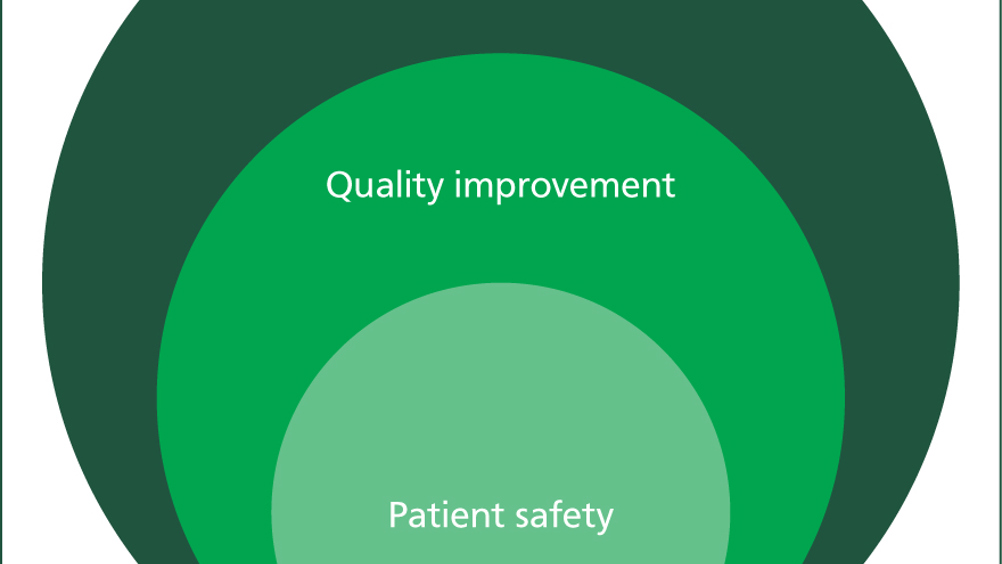References
Quality improvement for patient safety and a better practice culture

Abstract
This article explores the subjects of quality improvement, patient safety and practice culture, and the relationships between them. These subjects are highly relevant to the care that patients receive — learning more about them can improve our ability to treat animals effectively. A positive practice culture is one that encourages civility, teamwork, a blame-free attitude to errors, and a learning approach for the whole team. Quality improvement is a mechanism to improve standards of care — it helps patient safety and supports a positive practice culture. Quality improvement can be defined as the combined efforts of the whole team to make changes that will lead to better patient outcomes, better system performance (care) and better professional development (learning). Quality improvement methods, such as clinical audits and significant event audits, and quality improvement tools such as guidelines, checklists and systems of work, can help veterinary practices to make a start with quality improvement, and engaging with these quality improvement tools can help improve patient safety and practice culture to benefit all team members.
The terms quality improvement, patient safety and practice culture are increasingly being used in the context of veterinary care. But what are they? Although these subjects do not form a major part of college or university curriculums they are nevertheless highly relevant to the care that patients receive — learning more about them can improve our ability to treat pets effectively. We will start by discussing ‘practice culture.’
A common definition of culture is ’the way things are done around here’ (Braithwaite et al, 2017). In veterinary practice, culture describes a group of attitudes, beliefs and behaviours that team members share (Braithwaite et al, 2017). This might be a rule that everyone adheres to — perhaps, following a surgical safety checklist — or more subtle cues about what is or is not acceptable (Mannion and Davies, 2018). So, it covers a broad range of things from the obvious to the opaque. Another way of thinking about culture is to consider the attitudes, beliefs and behaviours we are likely to find in a positive culture:
Register now to continue reading
Thank you for visiting The Veterinary Nurse and reading some of our peer-reviewed content for veterinary professionals. To continue reading this article, please register today.

